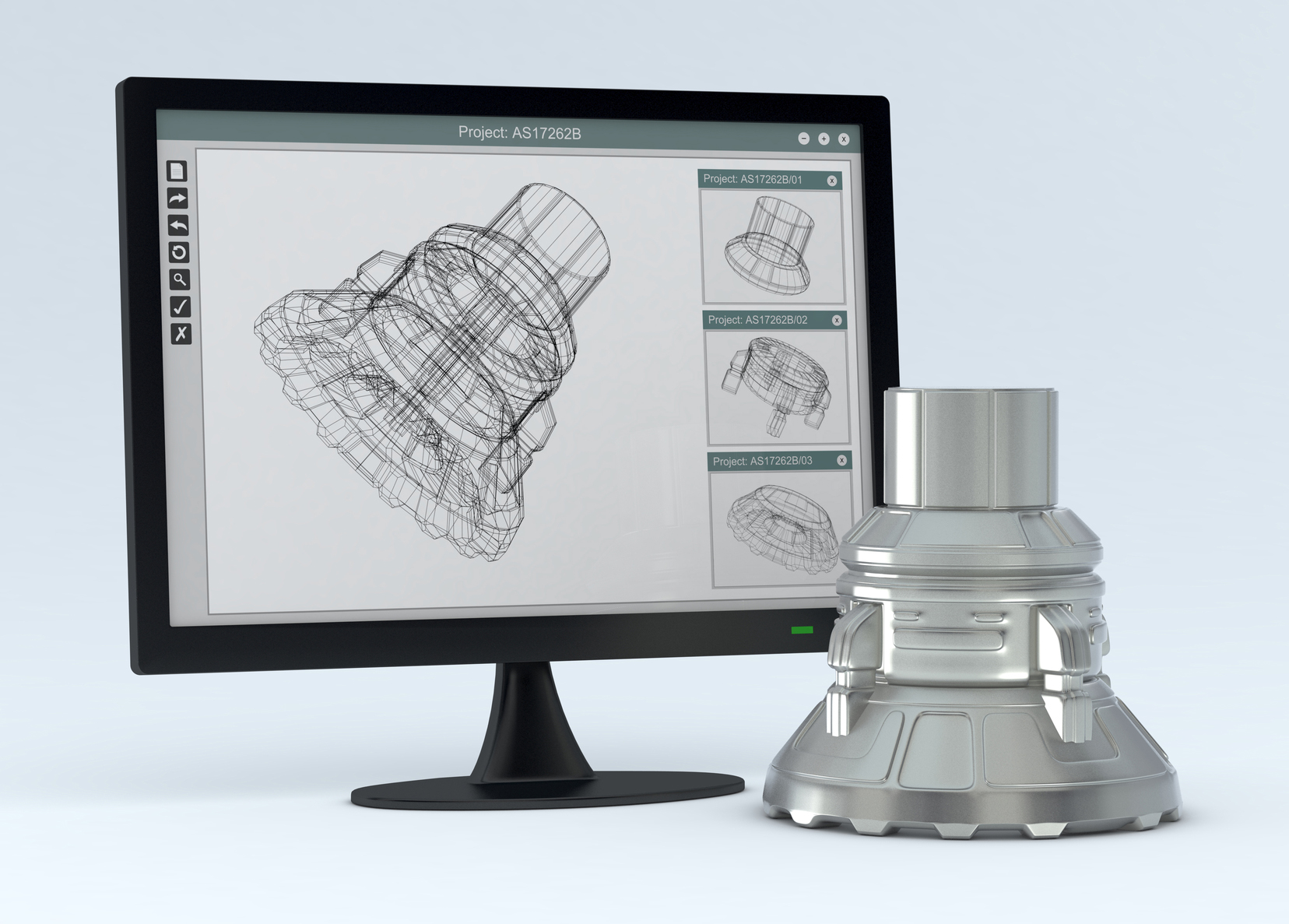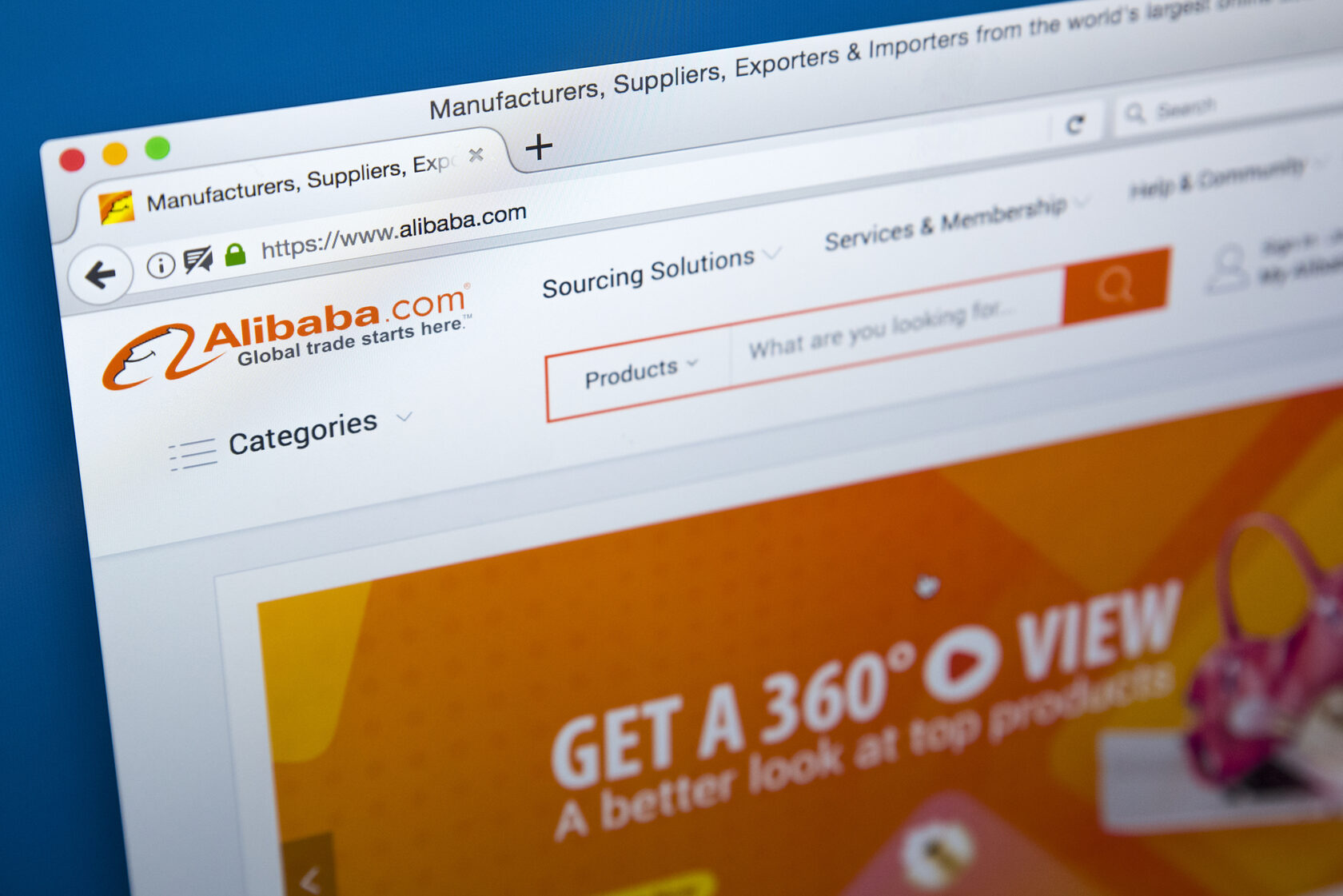The production process can be daunting if you're not familiar with it. Below I'll walk you through two approaches: to outsource your production and to in-house or DIY. The goal is to find the right manufacturer to produce your products so they can make their way onto Amazon's shelves. By the end of this guide, you'll have a good understanding of what goes into product production and be ready to make the leap into becoming a full-fledged Amazon FBA business.
Outsource Production Process
When it comes to production, you have a few different options. You could do it all yourself and manage the outsourcing to a manufacturer or use a third-party manufacturing agency. There are pros and cons to outsourcing the manufacturing process; I'll break it down into a list below.Pros
Design Support: Most manufacturing agencies have engineers on payroll. This is helpful if you need someone to help you draw up your product or need help creating your product specifications. Before you go to a manufacturer for a quote, you will need a drawing of your product along with material specifications. If this is something outside your area of expertise, it may be worth seeking an agency for this portion alone.Sourcing Expertise: Since manufacturing agencies have existing clients, they would know which factory makes the best product material types. They can go straight to the source and may even get better rates due to existing relationships. Also, the agency's experiences with past mold injection, plastics and metal works manufacturers will ensure you don't choose the incorrect manufacturer for your product.
Quality Control: Since the agency's job is to ensure your product is manufactured to quality and to specification, they will need to do quality control on your behalf. This will save you time from coordinating your own QC vendor and dealing with any issues that may be found.
Logistics: Once the manufacturing is done and products are quality assured, the agency will work with the factory to coordinate logistics to get the products out the door. Most manufacturers may not speak the best English, so having someone help you with logistical tasks such as applying FBA labeling could save you some headaches.
Cons
Increased Cost: Obviously, using an intermediary will add another layer of cost to your production process. Some may charge a fixed fee, some may add a percentage markup, some may use a combination of both. There is a price for expertise and convenience.Risk of IP Theft: If you are just starting and don't have a pending IP registration, the agency may take your idea and run with it themselves. It is best to find a reputable agency or use a referral if possible.
My two cents is if you have the margins to employ an agency, I strongly suggest it. A good agency can save you a lot of time, offer convenience, prevent you from making mistakes, and sometimes pay for themselves by finding you a good deal. It doesn't hurt to ask an agency for a quote while comparing the cost of finding your own supplier. We used CNB Solutions for a few projects and have had good results. Feel free to contact them for more details: ap@cnbsolutions.com
Do it yourself
Procuring your product yourself can fetch you the best value if done right. Although there can be cost savings, it will take up some of your time coordinating different service providers to help you stay on track. Below is a list of suggested steps to follow.
Product Design (Skip if you plan to source OEM)
If you have experience with AutoCAD or Solidworks, you can draw the product yourself. If not, you'll need to pay a service provider or freelancer to do it. I suggest drawing your product out on a piece of paper and fit in as many dimensions as possible before reaching out to a service provider. Communication will be the most difficult in this step since you must have every detail of the product drawn out.Another product aspect you need to specify is the product material. Material science is technical, but since most products use common materials, you can do most of your research on Google.
Finding and Auditing the Supplier
With the design done, it is time to get a quote from a suitable manufacturer. You have two options, one is to look on sourcing platforms like Alibaba, Global Sources, or 1688 (Chinese), other is to hire a procurement agent to do the searching for you.
From my experience, most of the businesses on sourcing platforms are trading companies, so you pay a markup if you choose to go through them. The idea here is to go to the factory direct. If the company you are talking to has an address in a building that is in a big Chinese city like Shenzhen or Shanghai, odds are they are a trading company. Factories don't operate near major cities anymore due to zoning and rent costs.
On the other hand, you can pay a procurement agent, preferably from the same country you plan to source from, to help you do the research. They will be able to look up business licenses and addresses to make sure you go factory direct. Most will even get you a quote from multiple manufacturers with each company's profile as a deliverable. However, remember that some may get a commission to steer you a certain way, so trust but verify the information you receive.
I suggest making a dual-prong approach, where you request quotes from the sourcing platforms while hiring a procurement agent to get quotes for you. They can be found on most freelancer platforms like Upwork and shouldn't cost more than a few hundred dollars.
Once you've found the factory of choice, you can do a factory audit from QC vendors like KRT Inspect for a few hundred dollars. Depending on how big your project is, it may also be worth traveling to visit the manufacturer.
Pay a Deposit and Request a Pre-Production Sample
When you've found a supplier that you want to work with, the next step is to pay a deposit and get a sample made. If a mold is required for your product, most commonly the manufacturer will request a 50% deposit for the tooling and 30% for the production. Once the tool is completed, inspect the sample to ensure the product is to specifications. Once approved, the manufacturer will finalize the tool and request the balance of the tooling fee.Before production starts, ask for a pre-production sample. This is the finished good with packaging, manual, and any accessory you may have with the product. This is important because it'll give you a chance to see the expected outcome of the production, and after approval, the sample you have will be the benchmark for the production run. You will refer to this sample if the goods off the production line do not match.
Quality Control Practices
When it comes to quality control, the goal is to make sure your product is made without defects. Once you pay the final balance for the production, the factory is no longer liable for any defects, even if you find them later. On top of financial losses, there's nothing worse for your brand when customers receive defective products. This is why QC is as important as any step in this process.There are many QC service providers in the market. You can shop around to find what price point is acceptable to you. I think most reputable QC companies are fine. The QC report should have pictures of the product, product packaging, export cartons, and any defects found. In addition, report on minor, major, and critical defect count, sample size, and measurements. The report should provide all information to you as if you are at the factory QC'ing the shipment yourself.
Besides the benefit of having a report, consistently sending QC to a manufacturer will keep them honest with the quality assurance. It is known that Asian factories tend to have the first shipment right but are riddled with defects and mistakes in shipments after.
Receive Shipment and Coordinate Logistics
Once you've confirmed the quality of your shipment is spot on, and have paid off your balance payment, it is time to get your shipment to your destination.Ideally, shipping to Amazon directly with Amazon Global Logistics is best to save on shipping costs. However, I strongly advise you not to over-ship your products to Amazon due to their storage fees. If you need to break your shipment up, find a 3rd party warehouse to store the balance of your shipment that didn't go to Amazon.
The goal is to ship directly to Amazon from the country of origin while avoiding overstock at the Amazon warehouse. It'll be a learning process; build an inventory forecast model to prevent stockouts and overstocks. Don't feel bad if it happens since it happens to big box retailers all the time, and they have expensive ERP software and forecasting models.
Also, if you need help with labeling and coordinating with forwards you hire, don't hesitate to ask the manufacturer for assistance. They are expected to help get your shipment to where it needs to go!
Conclusion
I hope this gives insight into how to best approach sourcing your product. The goal is to find the proper supplier/manufacturer, get the best price possible for production and ensure quality is met. If you can do these three, you're off to a great start in your business venture.
